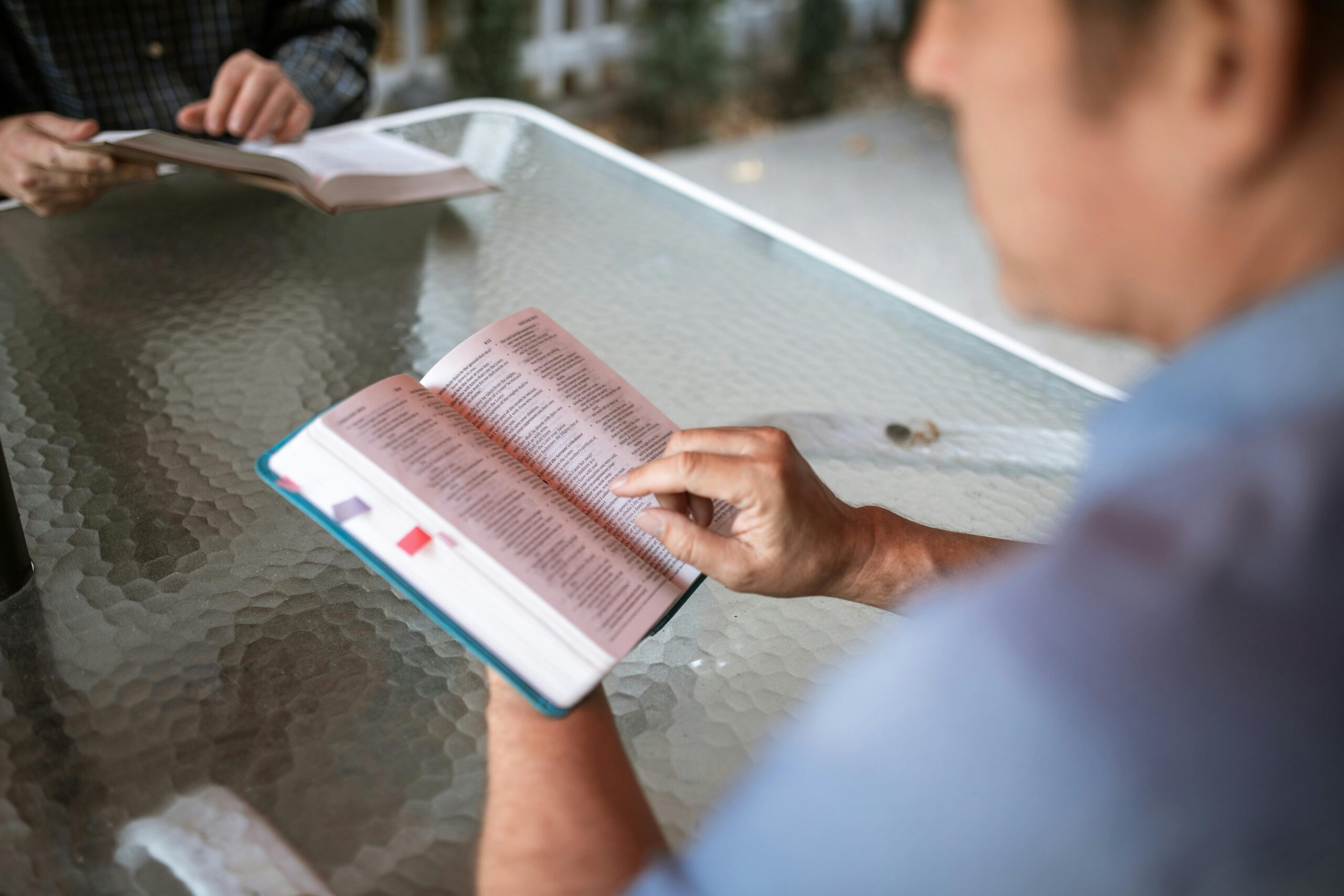
September 21, 2025
Prayer is a fundamental practice in Christianity, serving as a way to communicate with God, seek guidance, express gratitude, and find solace. While the heart’s intent behind prayer is paramount, the physical posture we adopt can also enhance our spiritual experience. In this article, we will explore various postures for prayer. 1. Kneeling: A Posture […]
The Best Posture to Pray
Prayer is a fundamental practice in Christianity, serving as a way to communicate with God, seek guidance, express gratitude, and find solace. While the heart’s intent behind prayer is paramount, the physical posture we adopt can also enhance our spiritual experience. In this article, we will explore various postures for prayer.
1. Kneeling: A Posture of Humility
Kneeling is a powerful expression of humility and reverence before God. It signifies submission, acknowledging a higher authority and our dependence on the divine. Philippians 2:10-11 states, “that at the name of Jesus every knee should bow, in heaven and on earth and under the earth.” This verse illustrates the act of kneeling as a recognition of Christ’s lordship. 1 Kings 8:54 describes King Solomon kneeling before the altar of the Lord in prayer, showcasing that kneeling is a tradition of humility and respect in biblical texts.
2. Standing: A Posture of Respect and Readiness
Standing during prayer can symbolize alertness and respect. It conveys a state of readiness to receive God’s word and guidance. In Nehemiah 9:5, it is mentioned, “Stand up and bless the Lord your God from everlasting to everlasting.” Standing reflects a posture of engagement and attentiveness during worship and prayer. Luke 18:11-13 contrasts the Pharisee and the tax collector, with the tax collector standing and praying earnestly, highlighting that posture can represent the condition of one’s heart as they reach out to God.
3. Sitting: A Posture of Intimacy and Reflection
Sitting can convey a sense of comfort and intimacy in prayer. It can foster a contemplative atmosphere, allowing for thoughtful dialogue with God. John 13:23 describes the disciple “leaning on Jesus’ bosom,” exemplifying closeness and a personal relationship during prayer-like moments. Matthew 26:36 depicts Jesus sitting in the Garden of Gethsemane, indicating that this posture can be beneficial for deep, reflective prayer during times of distress.
4. Laying Prostrate: A Posture of Total Surrender
Laying prostrate is a profound expression of total surrender and reverence. This posture signifies complete devotion and submission to God. In Matthew 26:39, Jesus fell on His face in prayer, illustrating the depth of His anguish and the level of surrender He displayed in the face of imminent sacrifice. Revelation 7:11 describes the elders falling before the throne, representing the ultimate act of worship and surrender in prayer.
5. Raising Hands: A Posture of Praise and Supplication
Raising hands in prayer can be a powerful expression of worship and pleading to God. It can signify openness to receive His blessings and an acknowledgment of His greatness. 1 Timothy 2:8 states, “I desire then that in every place the men should pray, lifting holy hands without anger or quarreling.” This suggests that raising hands in prayer is both a physical and spiritual act aligning with humility and devotion Psalm 63:4 echoes this sentiment,
“So I will bless you as long as I live; in your name, I will lift up my hands.”
While there may be no “one-size-fits-all” approach to the posture of prayer, the Bible offers a variety of examples that connect specific postures with different aspects of communication with God. Whether kneeling in humility, standing in respect, sitting in reflection, laying prostrate in surrender, or raising hands in praise, the key lies in the intent and sincerity of the heart. As you engage in prayer, consider the posture that resonates most with your spirit and enhances your connection with the divine. Ultimately, it is not the position of the body but the position of the heart that matters most in prayer.